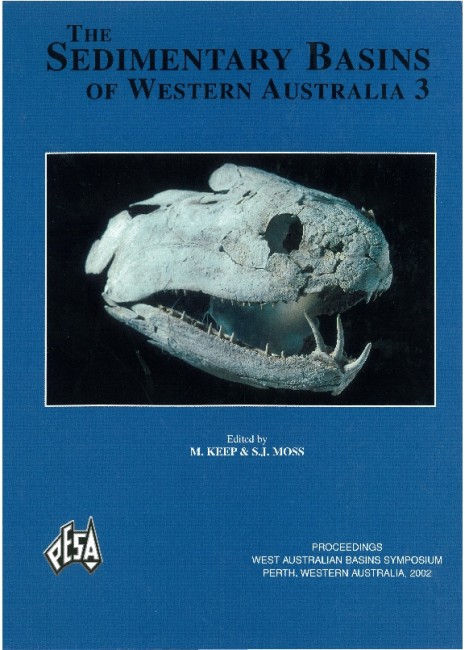Publication Name: The Sedimentary Basins of WA
Authors: A.L. Hennig, J.R. Underschultz & C.J. Otto
Publication Volume: 3
Date Published: December 2002
Number of Pages: 33
Reference Type: Book Section
Abstract:
Formation pressure measurements from the Mardie Greensand and the Barrow Group were of sufficient quantity and quality to enable a hydrodynamic analysis of the flow systems to determine how flow systems interact laterally and across formations. This has increased the understanding of how the aquifer systems underlying the hydrocarbon accumulations in the Barrow Sub-basin interact and has implications for the long term development of the sub-basin in terms of interaction between producing fields via the aquifer and in the potential use of the aquifer as a fluid disposal site.The study concluded that in parts of the basin the Mardie Greensand and the Flacourt Formation can be considered a single aquifer, and there exists the possibility of a separate water leg above the hydrocarbons in some parts of the Mardie Greensand. The Flag Sandstone and the Flacourt Formation appear to be in hydraulic
communication and acting as a single aquifer system, and areas where either the Flacourt Formation or the Flag
Sandstone and the Malouet Formation are in hydraulic communication were identified. Overpressure is confined
to the Malouet Formation and, over geologic time, locally drives the aquifer flow systems. A regional flow model for the Flacourt (Zeepaard)/Flag Aquifer and the Malouet Aquifer shows that in both systems flow is toward
hydraulic lows at the centre of the basin, appearing to overwhelm the effects of compaction-driven flow systems.
Exit points are postulated at either end; one near Altair 1, the other in the vicinity of the Bambra wells, but there is little evidence at this stage to conclusively support either.


